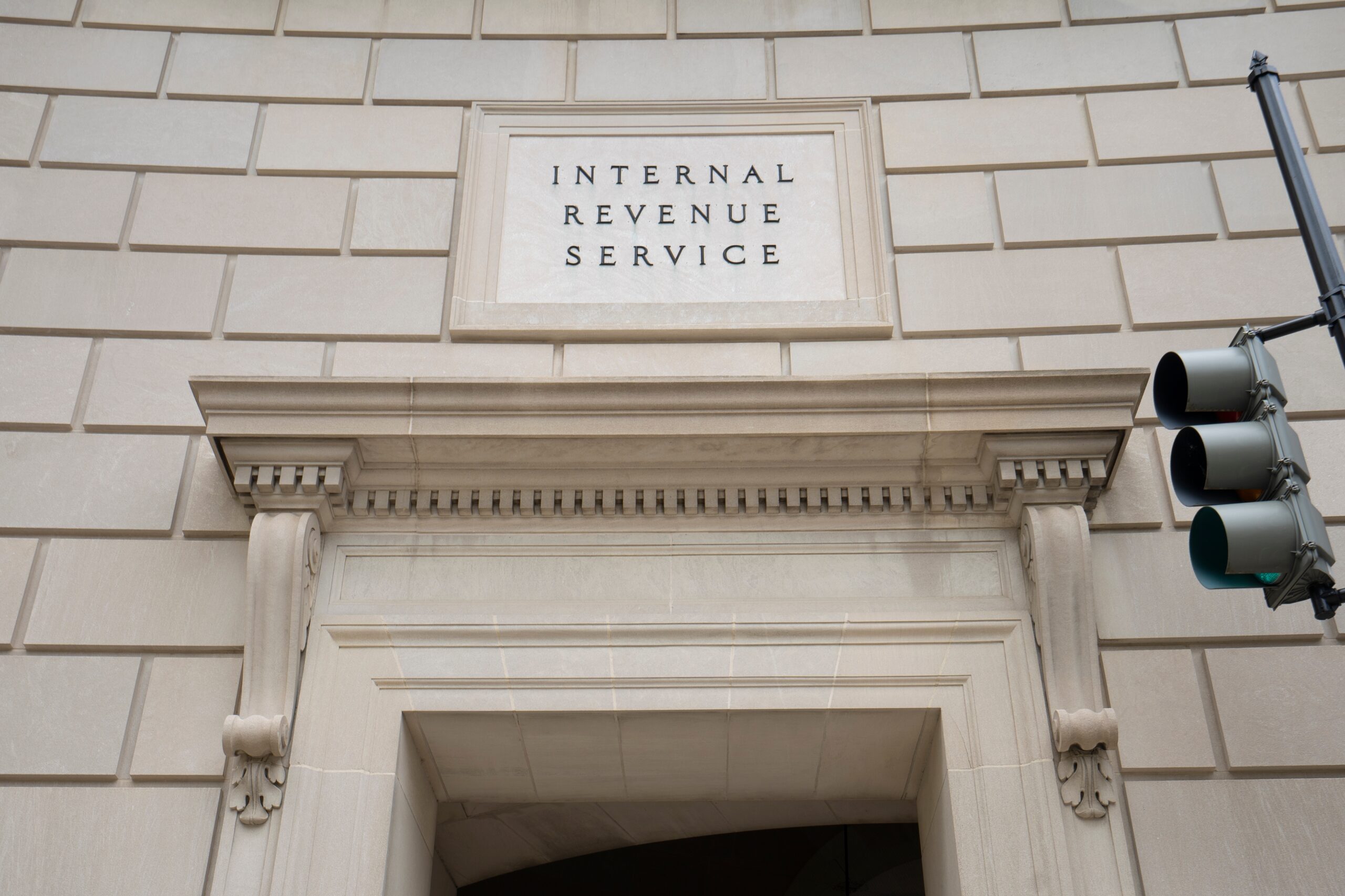IRS Efficiency SOARS – Taxpayers CHEER!

The IRS has increased tax receipts by 5% while slashing billions from its IT budget, signaling a new era of efficiency under Trump-aligned leadership.
At a Glance
- IRS tax collection efficiency has improved with total receipts up 5% compared to last year
- The agency has cut $2 billion from its IT budget since Trump’s inauguration without operational disruptions
- Technical teams are being restructured by replacing non-technical staff with qualified engineers
- The IRS aims to support President Trump’s tax agenda with unified help from House and Senate Republicans
- The agency will not increase audit rates for small businesses and taxpayers earning under $400,000
Improved Efficiency and Tax Collection
The Internal Revenue Service has achieved remarkable improvements in efficiency during the current tax filing season, demonstrating its ability to do more with less. Total tax receipts have increased by over 5% compared to the previous year, while the number of returns processed has grown by 1.5%. These improvements come alongside significant cost-saving measures that have been implemented across the agency’s operations, highlighting a shift toward greater fiscal responsibility and operational effectiveness.
“We are making Treasury efficient again. This isn’t just words on paper. The data backs the great work that we’re doing to make sure that the IRS works for the American people, not against them.”, said Deputy Treasury Secretary and acting IRS Commissioner Michael Faulkender.
Since the beginning of the Trump administration, the IRS has strategically reduced its IT budget by $2 billion without causing operational disruptions. This substantial reduction demonstrates the agency’s commitment to fiscal responsibility while maintaining essential services. The agency has also focused on eliminating redundant contracts and offering buyout options to employees as part of broader restructuring efforts aimed at creating a more streamlined organization.
Strategic IT Modernization
A major component of the IRS improvement strategy involves an ambitious IT overhaul led by the agency’s most qualified engineers. This initiative includes restructuring technical teams by replacing non-technical staff with experienced engineers who can drive innovation and efficiency. The approach represents a significant shift toward merit-based staffing in critical technical roles, ensuring that the most qualified professionals are leading modernization efforts.
Central to these technological advancements is the development of a unified API layer, a project that has been ongoing for more than 20 years with an investment of approximately $4 billion. This infrastructure enhancement aims to create a more integrated and responsive system for processing tax information, ultimately improving service delivery to taxpayers while reducing operational costs and increasing the efficiency of tax collection efforts.
Focus on Fair Enforcement
The IRS collects approximately 96% of federal revenue, making its efficiency critical to government operations. Recent changes in enforcement strategy include plans to increase audits on wealthy taxpayers, large corporations, and complex partnerships by 2026. This targeted approach aims to address the “tax gap” – the difference between taxes owed and collected – estimated at around $700 billion annually. Importantly, the IRS has committed that it will not increase audit rates for small businesses and taxpayers earning under $400,000.
“Our next goal will be to usher President Trump’s tax agenda across the finish line with the unified help of both House and Senate Republicans so we can continue to put more money back into the pockets of hardworking Americans.”, said Deputy Treasury Secretary and acting IRS Commissioner Michael Faulkender.
Recent enforcement efforts have already shown results, with the IRS recovering $520 million from high-income individuals and implementing artificial intelligence solutions to enhance audit efficiency. Research indicates that noncompliance is significantly higher among high earners, with the top 1% responsible for nearly 30% of unpaid taxes. This data supports the agency’s strategic decision to focus enforcement resources where they will have the greatest impact on closing the tax gap.
Service Improvements for Taxpayers
Along with enforcement and efficiency improvements, the IRS has implemented several taxpayer service enhancements. These include answering more calls, reducing wait times, and developing enhanced online tools that make it easier for taxpayers to meet their obligations and access services. These improvements address long-standing complaints about accessibility and customer service quality that have frustrated taxpayers and tax professionals for years.
The agency’s modernization initiatives follow a comprehensive Strategic Operating Plan that outlines five key objectives: improving taxpayer services, resolving issues quickly, focusing enforcement on complex filings, delivering advanced technology, and empowering a skilled workforce. These priorities reflect a balanced approach that recognizes both the enforcement and service aspects of the IRS mission, with the ultimate goal of creating a more responsive and effective tax administration system.












